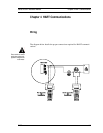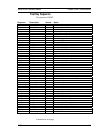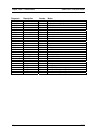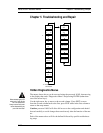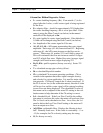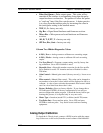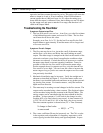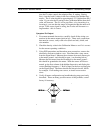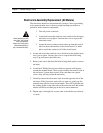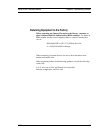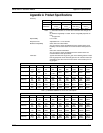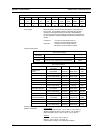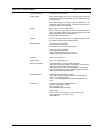
Series 220/221 Instruction Manual Chapter 5 Troubleshooting & Repair
tice, the Ck value controls the adaptive filter, fi, setting. During
flow, view the f and fi values in the first column of the hidden diag-
nostics. The fi value should be approximately 25 % higher than the f
value. If you raise the Ck setting in the Calibration Menu, then the fi
value will increase. The fi is a low pass filter, so by increasing it or
lowering it, you can alter the range of frequencies that the meter will
accept. If the vortex signal is strong, the fi value will increase to a
large number – this is correct.
Symptom: No Output
1. For remote mounted electronics, carefully check all the wiring con-
nections in the remote mount junction box. There are 6 connections
that must be correct, verify each color (black and red), shield, and
wire number.
2. Check the density value in the Calibration Menu to see if it is correct
for the current operating conditions.
3. Using ESD precautions and hazardous area precautions, remove the
electronics enclosure window cover. Disconnect the vortex sensor
from the Signal board. Measure the resistance from each Sensor pin
to the meter ground - each should be open, ( see drawing below).
Measure the resistance from the Ground pin to the meter ground –
this should be grounded to the meter. With the sensor still discon-
nected, go the first column of the hidden diagnostics and display the
vortex shedding frequency, f. Hold a finger on the four exposed pins
on the Signal board. The meter should read electrical noise, 60 Hz
for example. If all readings are correct, re-install vortex sensor
wires.
4. Verify all meter configuration and troubleshooting steps previously
described. There are many possible causes of this problem, consul-
factory if necessary.
IM-22 5-5



